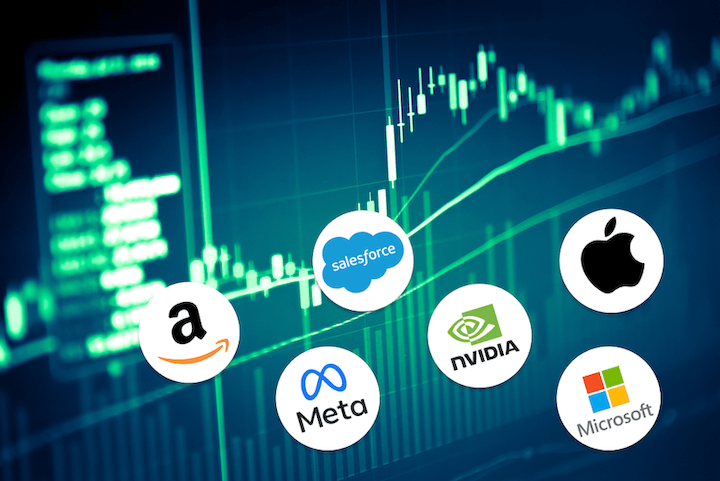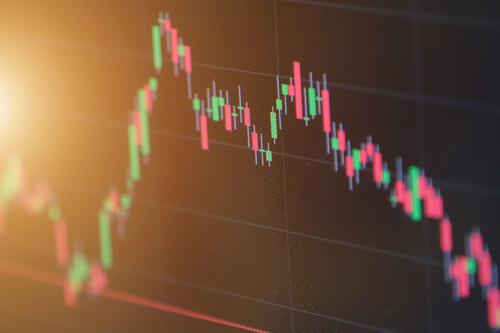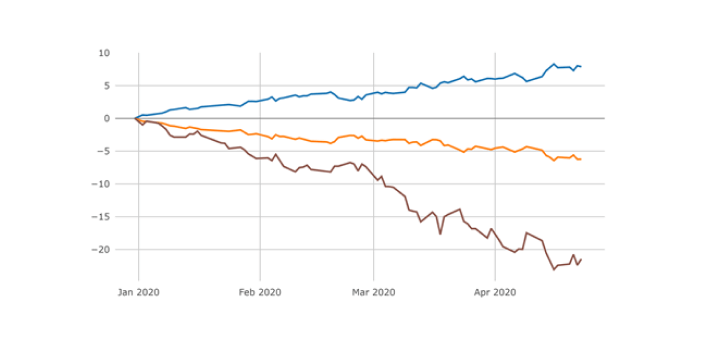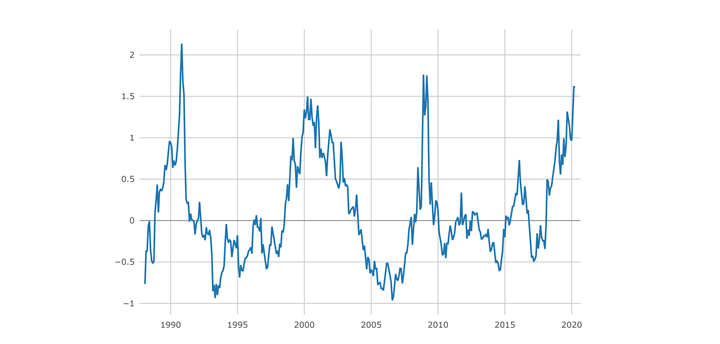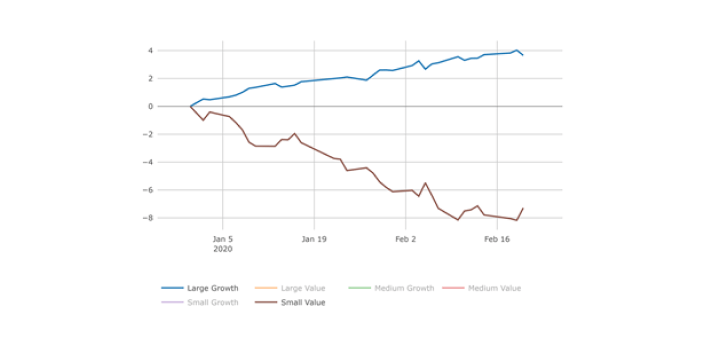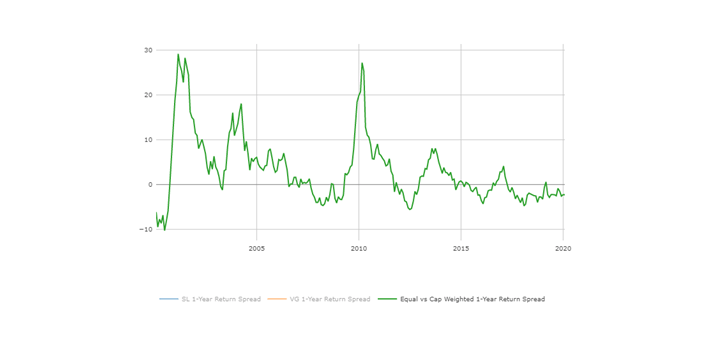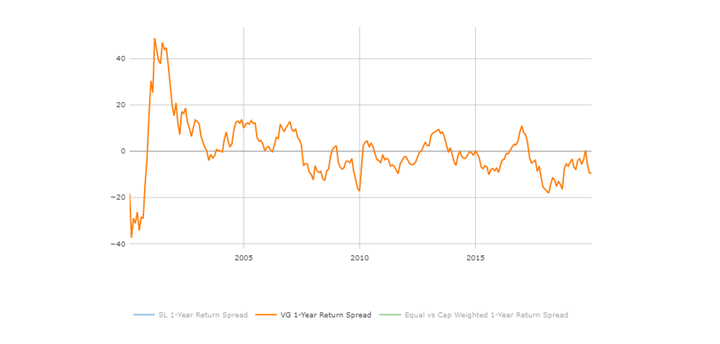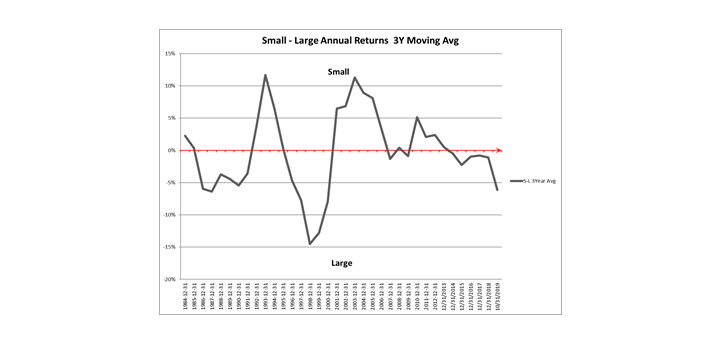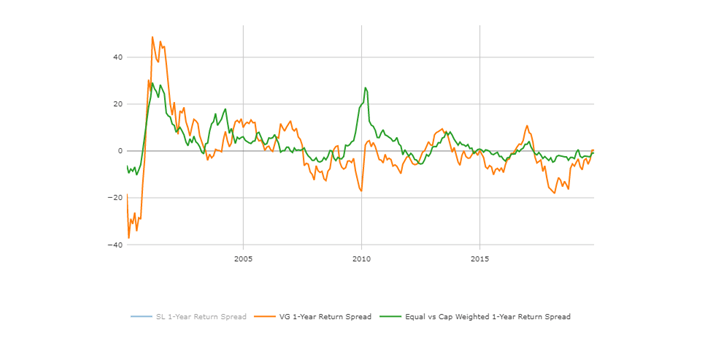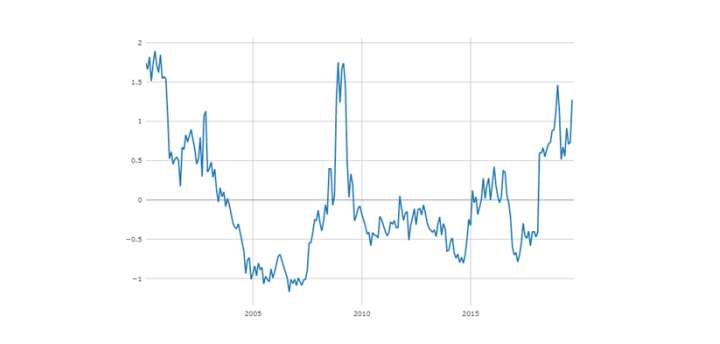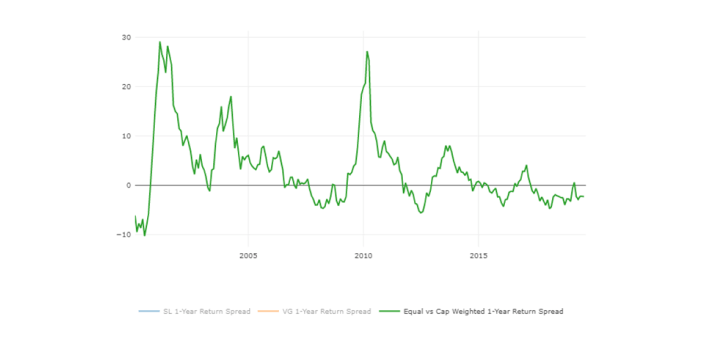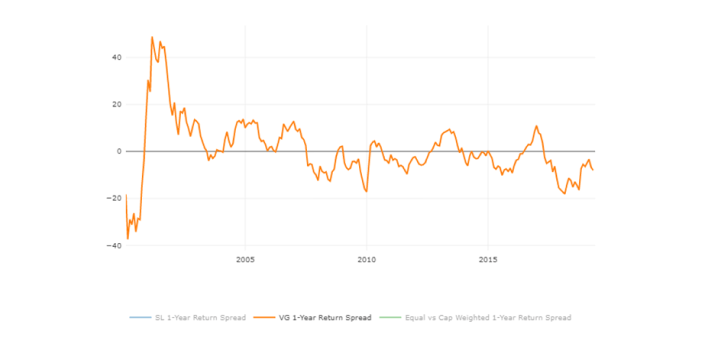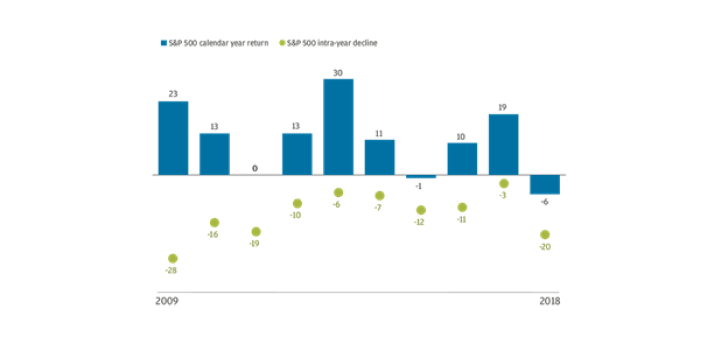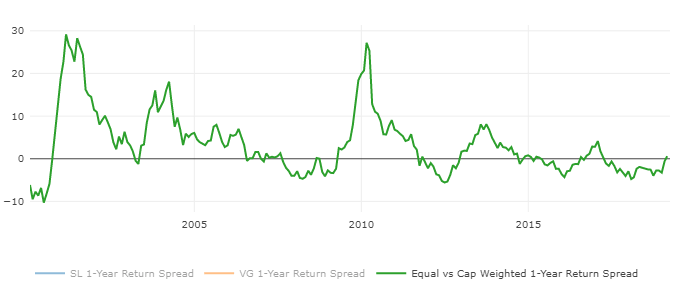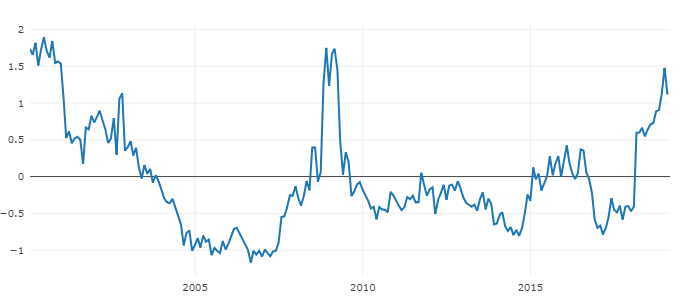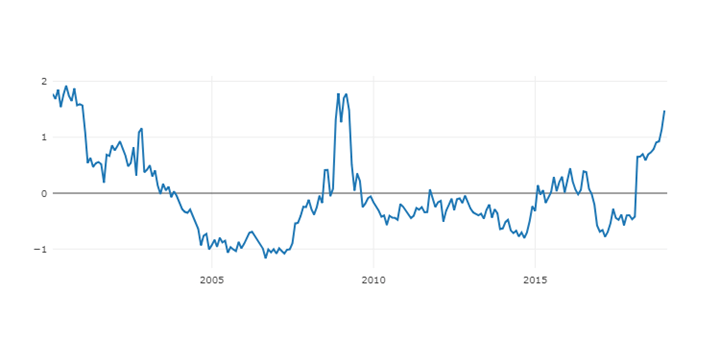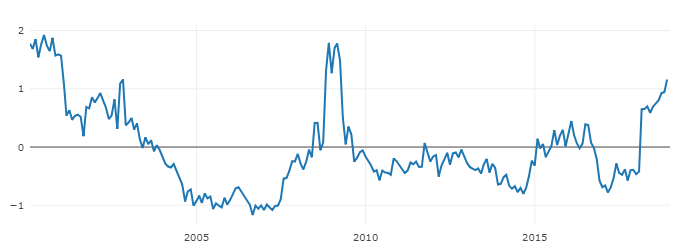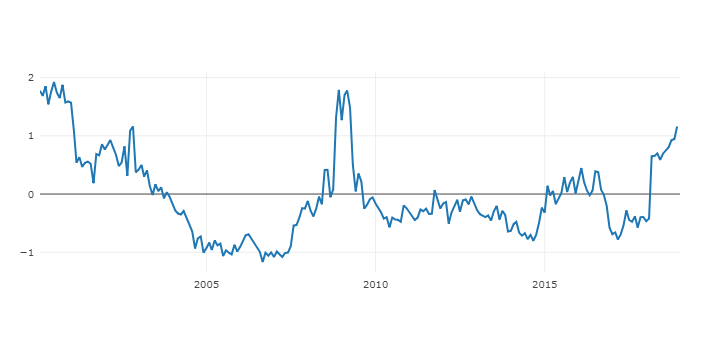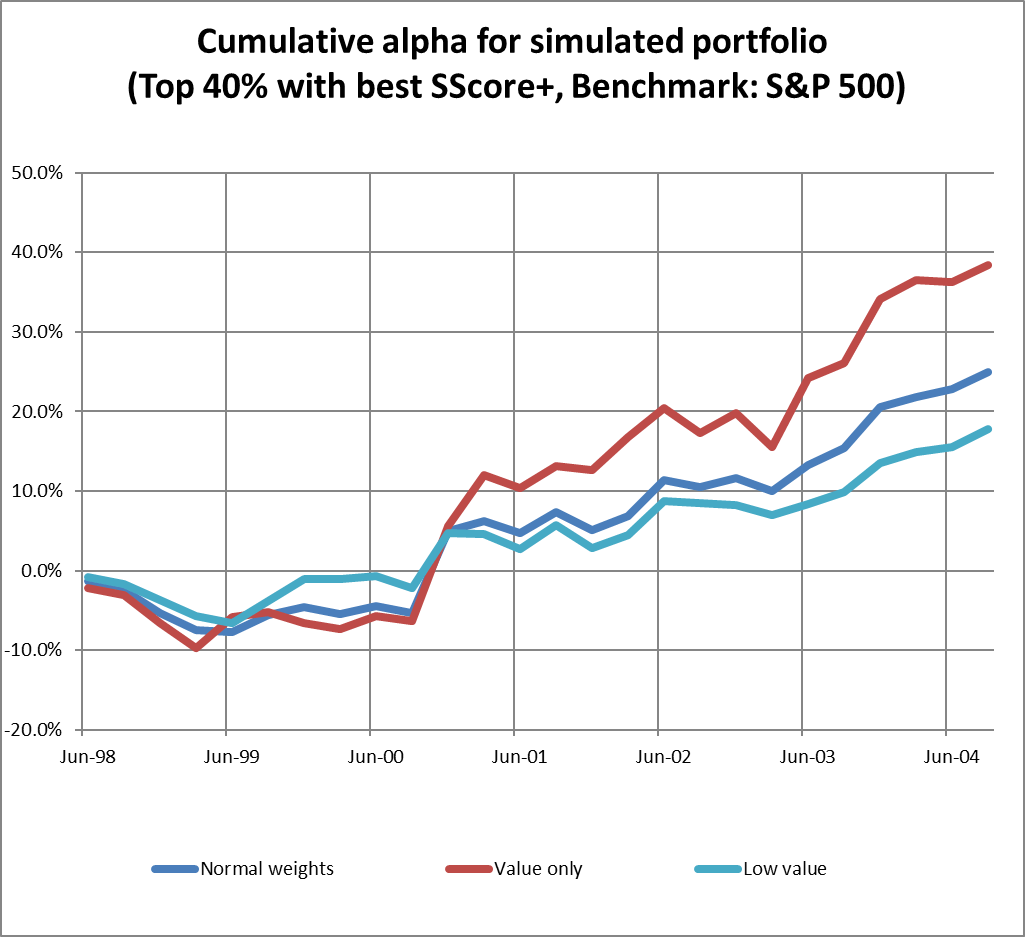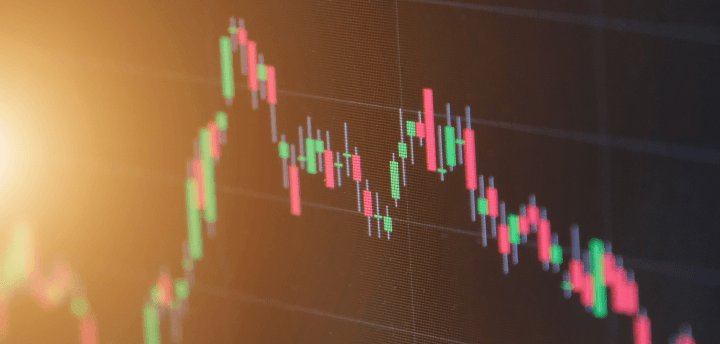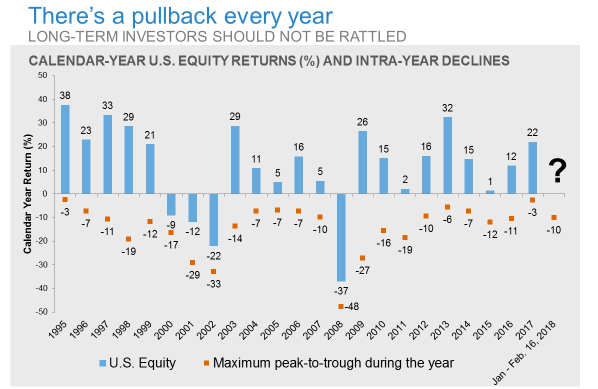Global Economics
Economic momentum is strong in many foreign markets. Data in the Eurozone and most emerging markets is surpassing expectations, according to JP Morgan. The improving global economy is supporting foreign currencies against the US dollar and international equities relative to US stocks
Equities
Secular GARP stocks should prevail.
Even with US stocks trading at or near all-time highs, we are still finding companies with strong sec- ular growth and margin expansion prospects, which we believe can support rising share prices. We also prefer stocks expected to grow revenue faster than their competition. At the same time, we are very sensitive to valuations, aiming to own a portfolio of stocks that strike a nice balance between sustainable growth and good value.
US Corporate Profits
Goldman Sachs (“Super Profits and Super Star Firms” July-22, 2017) reports US corporate profit margins have risen over the last two decades to historic highs, especially for the most profitable firms. At the same time, three quarters of the US industries experienced an increase in concentration, with a few large firms earning a larger share of revenue. Analyzing industry-level data, they estimate that the rise in industry concentration since 1997 has boosted corporate operating profit margins by approximately 1.5 percentage points (pp), accounting for a third of the 4.2pp increase in operating profit margins between 1996Q4 and 2014Q4. The first hypothesis to explain the rising concentration is that new technologies have allowed a small number of “superstar” firms to widen their productivity advantage, tap into network ef- fects, and gain proportionately larger market shares. The second hypothesis is that a small number of superstar firms have reaped most of the benefits from global access to new consumers, supply chains, and talent. The third hypothe- sis is that product market and anti-trust policies have increasingly favored incumbent firms, rather than promoting competition. They single out the technology hypothesis as the likely candidate that best explains the rise in industry concentration, given the overlap in timing of the take-off of information and communication technologies in the mid-90s as well as the finding that industries with rising concentrations are also the ones with faster productivity growth and patenting activities. The rising productivity gap between salient superstar firms and non-superstar firms may also help explain why measured aggregate productivity growth has been weak despite a perceived fast disruption. While cyclical and other mean-reversion forces could exert downward pressure on corporate margins, the continued momentum of superstar firms could imply that high concentration levels and corporate profit margins may persist for longer.
Fixed Income
Don’t be tempted:
With equity markets near all-time highs and escalating political drama coming from Washington, investors may be tempted to play the “timing” game of coming in and out of the market at perceived peaks and valleys. It sounds like an easy concept, but it’s a trap. Trying to time the market might sound like a good idea, but in the end such gambling and speculation typically hurts investors. Of course, there are situations that warrant changes to portfolios. We have no doubt the bull market in the S&P 500 will end at some point. It could be this week, next year, or maybe 5 years from now. We rely on data and evidence to guide our investment decisions. We avoid emotional trading and impulsive decisions. Sure, there is risk. There’s always risk in investing. But the end of the bull market does not seem imminent to us. There are better ways to manage risk and invest prudently rather than market timing, in our opinion.
The information and opinions included in this document are for background purposes only, are not intended to be full or complete, and should not be viewed as an indication of future results. The information sources used in this letter are: Jeremy Siegel, PhD (Jeremysiegel.com), Goldman Sachs, JP Morgan, Empirical Research Partners, Value Line, Ned Davis Research, Citi research and Nuveen.












